Traveling to Serbia may seem intimidating at first, but just like many Eastern European destinations, it requires a bit of adjustment. The residents don’t find it easier either, so you might want to follow their lead on how to act and what to wear while you are there. The good news is that you’ll have the opportunity to experience Serbia’s stunning nature and amazing Balkan hospitality.
Ready to book that Serbian holiday? Here are 10 things you need to pack when visiting Serbia:
#1 Money belt or wallet
Choosing the best types of wallet for your jaunts in Serbia is a very important choice that you must make. Just like many travel destinations, there are areas that are safe and some that are not.

You don’t have to find out by having a bad experience. Stay safe by packing a daily carrier that will keep your cash and cards secure. A money belt will do just that and protect your valuables keeping them away from prying eyes. But if this is not a comfy choice for you, then a slim front pocket wallet offered by Kinzd will serve the purpose well.
There are many options to choose from, the point is to thwart the efforts of pickpockets, while also ensuring that your frequently used items are within easy reach.
#2 Electrical adaptor (220V 50Hz)
The voltage in Serbia is different from the United States, so my advice is to prepare for your trip in advance by purchasing a 220-volt power adaptor. Some hotels may not have ample outlets on the wall, so choose an adapter with multiple outlets.

Don’t wait until you get to your destination before buying the adapter, you might not find a shop close to your location that sells these lifesavers. It’s best to travel prepared so your devices don’t run out of power.
#3 Backpacks
Daypacks and backpacks are the carriers of choice when traveling to Serbia. Many buildings don’t have lifts, and a briefcase may become too much to carry up several flights of stairs.

Even if you are on a business trip, it’s so easy to get lost in the beautiful landscapes and you could find yourself going on a sightseeing adventure at a moments notice. In a situation like this, comfort and simplicity is the best option.
Choosing a comfy backpack will do wonders for your posture and lighten your load too. For businessmen, you don’t have to worry about looking professional with a backpack, there are may new designs that cater to professional and the outdoors at the same time.
#4 Clothing
Serbia is an eastern European gem that’s vibrant with culture, style, and diversity. If you intend to visit monasteries or mosques, you’ll want to dress conservatively. Pack tough footwear for sightseeing, warm clothing for the winter and swimmers in summer.

It’s pretty easy to spot a tourist in Belgrade or Serbia in general. Foreigners are few and normally, stand out from the crowd with the way they dress. So if you want to blend in with the natives, pack a combination of light and warm clothing.
#5 Camera
Even if you’re not traveling for sightseeing, Serbia has a lot of history that you will want to capture on camera.
If you are not familiar with Serbia’s tumultuous past, there are reminders of its turbulent history everywhere: from post-war Communist blocks in New Belgrade to bomb-blasted buildings.
#6 Unlocked phone
This is a must if you want your friends and family to reach you. Serbian telecoms are offer ‘Pay as you go’ sim cards and you’ll need an unlocked phone that will take the new sim you purchase.

You can usually get it from the dealer you buy your sim card from, but because there are no guarantees, it is recommended that you travel with an unlocked device to make communication easy for you. If you’ve ever been in a new country and couldn’t communicate with your friends and family back home for a few hours, then you know how vital this is.
#7 Map of Serbia
You probably won’t get lost sightseeing, but in order to learn the routes and find your way easily, it’s always a good idea to travel with a map.
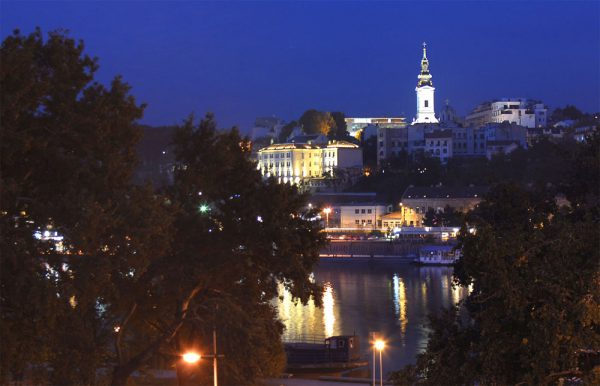
You will definitely look like a foreigner when you bring out a map, but seriously, do you care?
The map you pack should get you from the airport or train station to your hotel with ease. It can be a map of the public transportation system or even an online printout. This will save you some headache and the cost of taking a taxi.
#8 Foreign Currency
This one is a no-brainer and will make your first day in Serbia so much easier. The official currency in Serbia is the Serbian Dinar, but many establishments accept the Euros.

Pack some small Euro notes with you to settle your initial expenses like taxi fare, etc. This is particularly important if you enter the country at night when most foreign exchange offices and banks are closed.
#9 Small medical kit
With the second-highest mortality rate in Europe, Serbia’s medical system is reliable; even though corruption, inefficiency, and a staff shortage are major issues. Packing a medical kit is important.

Take all of the regular items like re hydration and first aid items. Don’t assume you will be able to get your prescription filled while on your trip. Some medications that are available in the US or UK are not sold in Serbia. so it is important that you fill your prescriptions and take all you would need in an emergency.
I’m not saying you should put together a mobile pharmacy, just the essentials
#10 Translator
If you don’t speak the language, then a translating book or app should accompany you on the trip. The standard variety of the Serbo-Croatian language is what’s mainly used in Serbia. Hungarian, Romanian, Slovak, Rusyn, and Croatian are the official languages spoken in Serbia. Some English is spoken, but not in all establishments.
As you can see, Serbia is a multicultural travel destination, so even if you decide not to pack a book for translations or use an app, you may need to hire a translator.
Remark
-
Remark
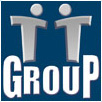
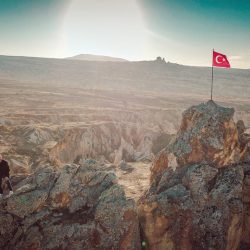
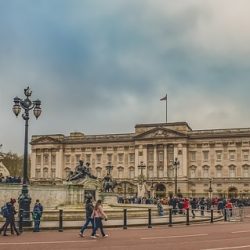
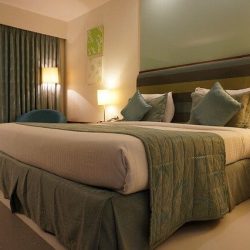
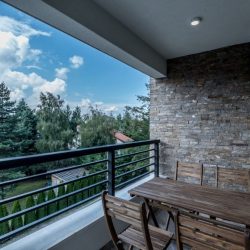
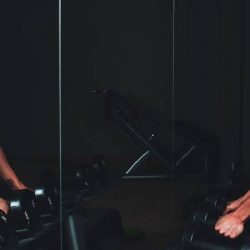
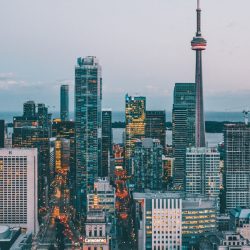
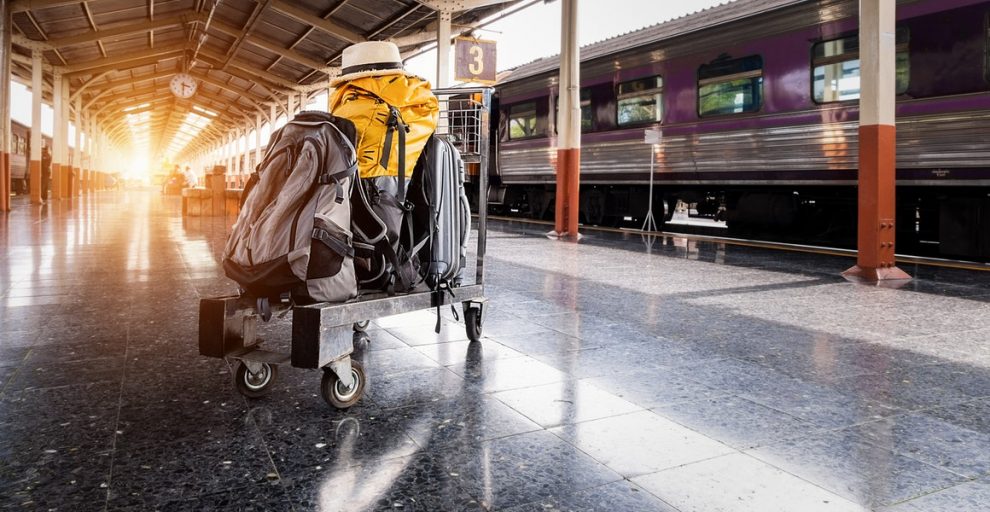
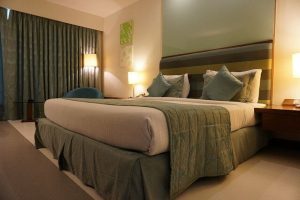

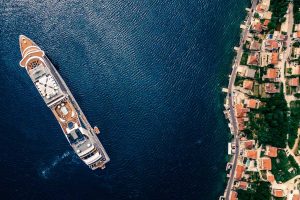





Add Comment